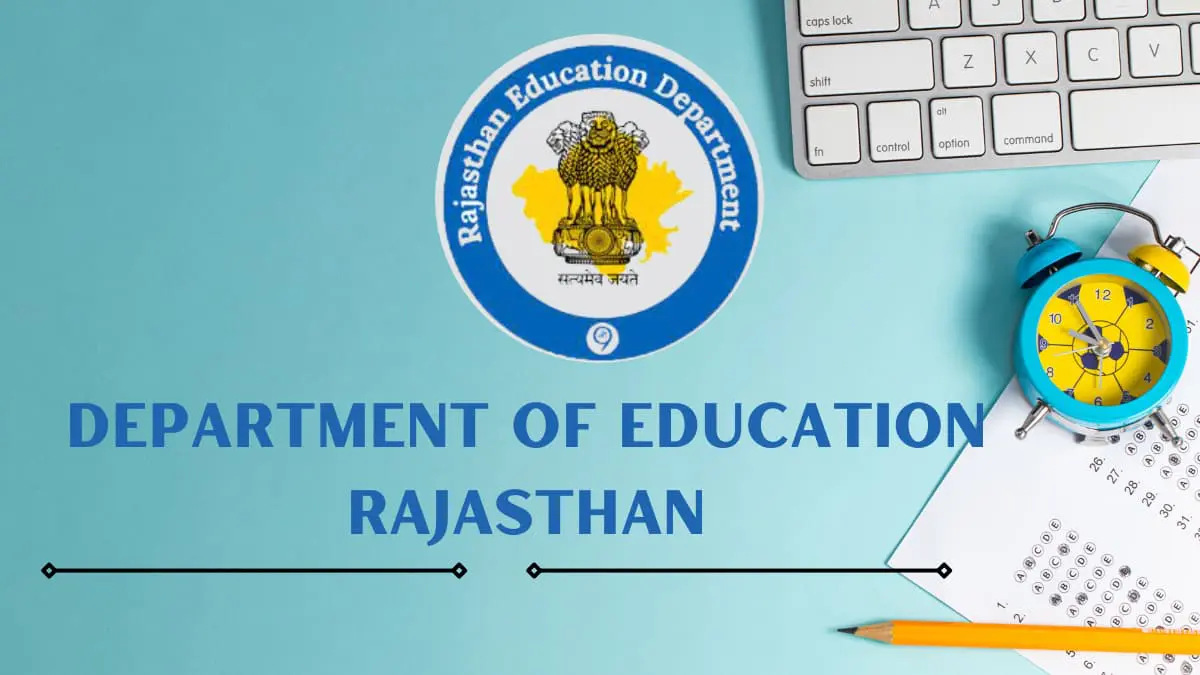
what are the different programming languages covered in the class 10 computer syllabus ?

Exploring the Programming Languages in Class 10 Computer Syllabus
Introduction to Programming in Class 10
The Class 10 computer syllabus is designed to introduce students to the foundational concepts of programming. It aims to equip students with the basic skills required to understand and write computer programs. This is a critical step in developing computational thinking and problem-solving abilities.
Core Programming Languages Covered
Python
Python is a versatile and widely-used programming language that is known for its readability and straightforward syntax. In the Class 10 syllabus, students learn the basics of Python, including conditional statements (if and if-else), loops, and writing simple practical programs. Python serves as an excellent starting point for beginners due to its simplicity and the fact that it is a high-level language, which means it is closer to human language and further from machine language.
Scratch
Scratch is a visual programming language developed by MIT. It allows students to create programs using a building-blocks style interface, which helps them to grasp the concepts of programming without having to worry about text-based syntax. Scratch is particularly effective for younger students or those who are just starting out with programming.
Java
Java is another programming language that may be introduced in the Class 10 syllabus. It is an object-oriented language that is used in a wide range of applications, from mobile apps to large enterprise systems. Java’s “write once, run anywhere” philosophy makes it a popular choice for teaching programming concepts.
C# and VB.NET
For some curriculums, such as the GCSE Computer Science course, students may also encounter languages like C# and VB.NET. These languages are used to teach students how to design, write, test, and refine program code.
Practical Application and Assessment
The syllabus often includes practical programming projects that allow students to apply what they have learned in a hands-on manner. These projects are crucial for reinforcing the theoretical knowledge gained through the course. Additionally, students are assessed through various formats, including written exams and programming tasks, to evaluate their understanding and application of programming concepts.
Conclusion
The inclusion of programming languages like Python, Scratch, and Java in the Class 10 computer syllabus provides students with a broad exposure to the world of coding. These languages are carefully chosen to cater to different learning styles and to provide a solid foundation for further study in computer science. Through practical exercises and assessments, students not only learn the syntax and semantics of these languages but also develop a deeper understanding of the logical and structured thinking required for programming.